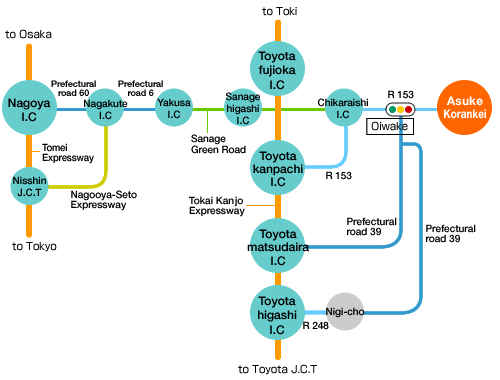Sanshū Asuke Yashiki
Established in 1980 within the Kōrankei Gorge, Sanshū Asuke Yashiki is one of Japan’s oldest facilities dedicated to the passing on of traditional handicrafts to the modern generation. This is no musty collection of half-remembered agricultural memorabilia, but rather a living museum, a repository of rural wisdom handed down across the centuries. Through hands-on experiences, demonstrations, and informative displays, the visitor learns how to make the items that were essential in daily life and helps to preserve this priceless knowledge.
Yashiki is the Japanese term for a traditional dwelling, often one belonging to a farmer or a person of standing in rural communities. Sanshū Asuke Yashiki recreates what daily life might have been like in such a place from the late nineteenth to mid-twentieth centuries.
Entering through the thatched archway, you are greeted with a scene of traditional countryside life that has changed very little across time. To the left is the main house, a long, thatched-roof wooden structure. Other buildings, each dedicated to a specific craft, such as umbrella-making, dyeing, blacksmithing and so forth, dot the enclosure.
The site also features a restaurant, Hinokichaya, where you can sample goheimochi, a local grilled pounded rice specialty, grilled ayu sweetfish, udon and soba noodles, and other seasonal delicacies.
Sorry for the inconvenience, but please translate the Japanese page to check the latest information.
Sanshu Asuke Yashiki Japanese Page
Information
Hours / 9:00A.M. – 5:00P.M. Tickets are sold until 4:30P.M.
Closed on /Thursdays closed Friday if Thursday is a national holiday. New Years Dec. 25 – Jan. 2
(Exceptional Open / everyday April 29 – May 5, and the month of November.)
The hours of operation and days may change without notice.
Admission / Adults 300yen Children 100yen(from 7to18years old)
Group(20+) 10% discount
Handicapped 50% discount
Demonstration
10 kinds of traditional handicraft demonstration, farmers-life…
10 kinds of traditional handicraft demonstration, farmers-life…
Straw Sandal Making (Warazaiku)
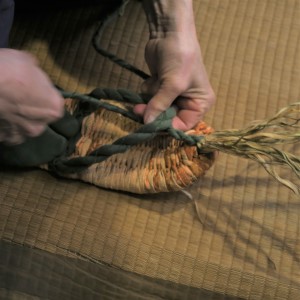
Japanese rice straw culture is as old as rice farming itself, dating back to the Yayoi period (300 BCE–300 CE), and straw sandals, or waraji, are thought to date back to the eighth century. These durable, practical items of footwear were in widespread use for hundreds of years, from farm to street, battlefield to temple. Make a reservation for the sandal-making experience and weave your own to take back home!
Weaving (Hataori)
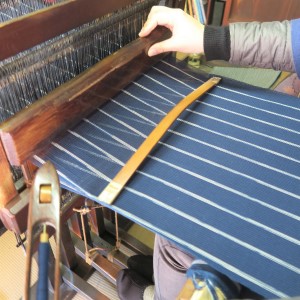
Every Japanese schoolchild learns the legend of Orihime, the Weaver Princess, and her doomed love for the cowherd Hikoboshi. Weaving blossomed during the Heian period (794–1185), and the sad princess’ art has held a deep place in the nation’s cultural identity ever since. Use a traditional handloom to create beautiful table runners or coasters redolent of Japan’s ancient past.
Tub Making (Okeya)
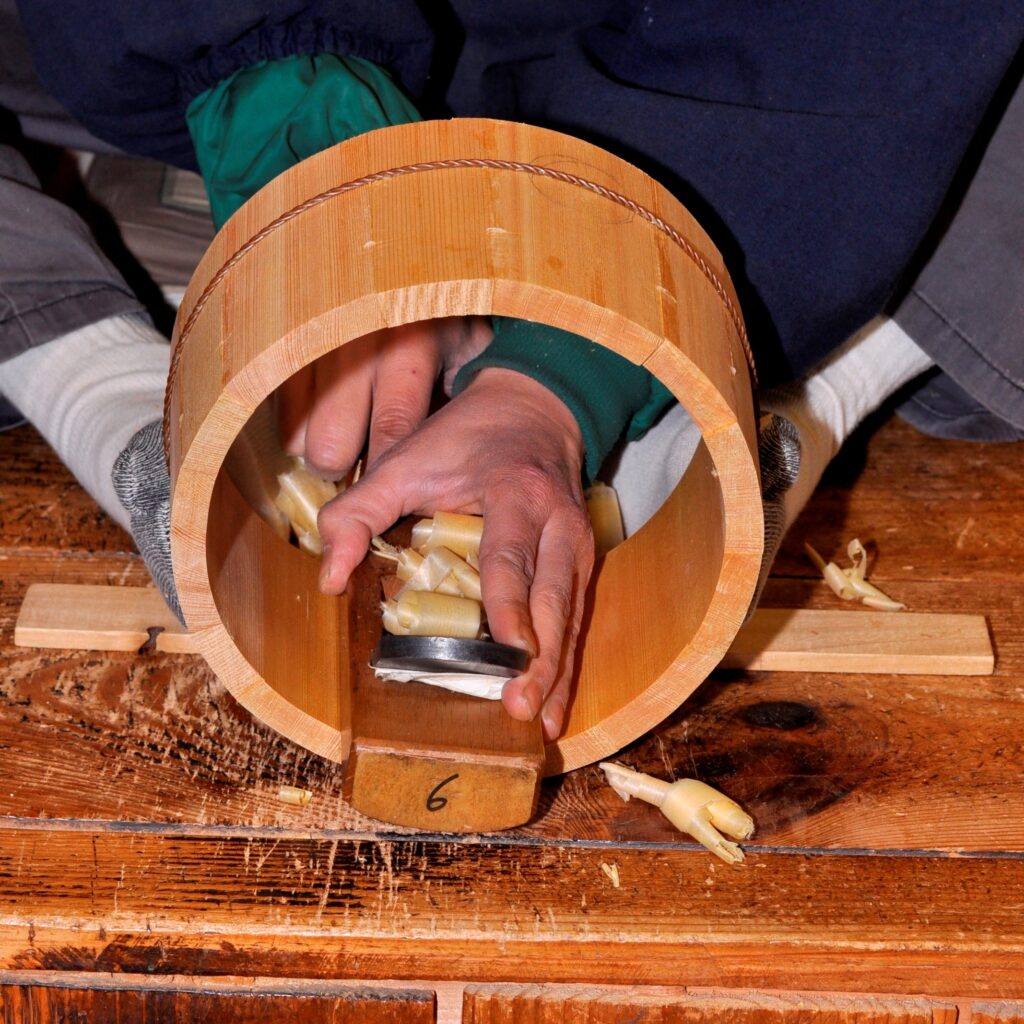
To call a Japanese oke a mere “tub” does it something of a disservice. These beautifully crafted, handmade wooden vessels range in size from that of a large bucket to a small bowl that can fit in the palm of the hand. They are pieced together without the use of nails with laser-like precision by a master craftsman. Humble in appearance and minimal by design, oke have myriad uses, from bathing to serving fine vinegared sushi rice.
Umbrella Making (Kasaya)
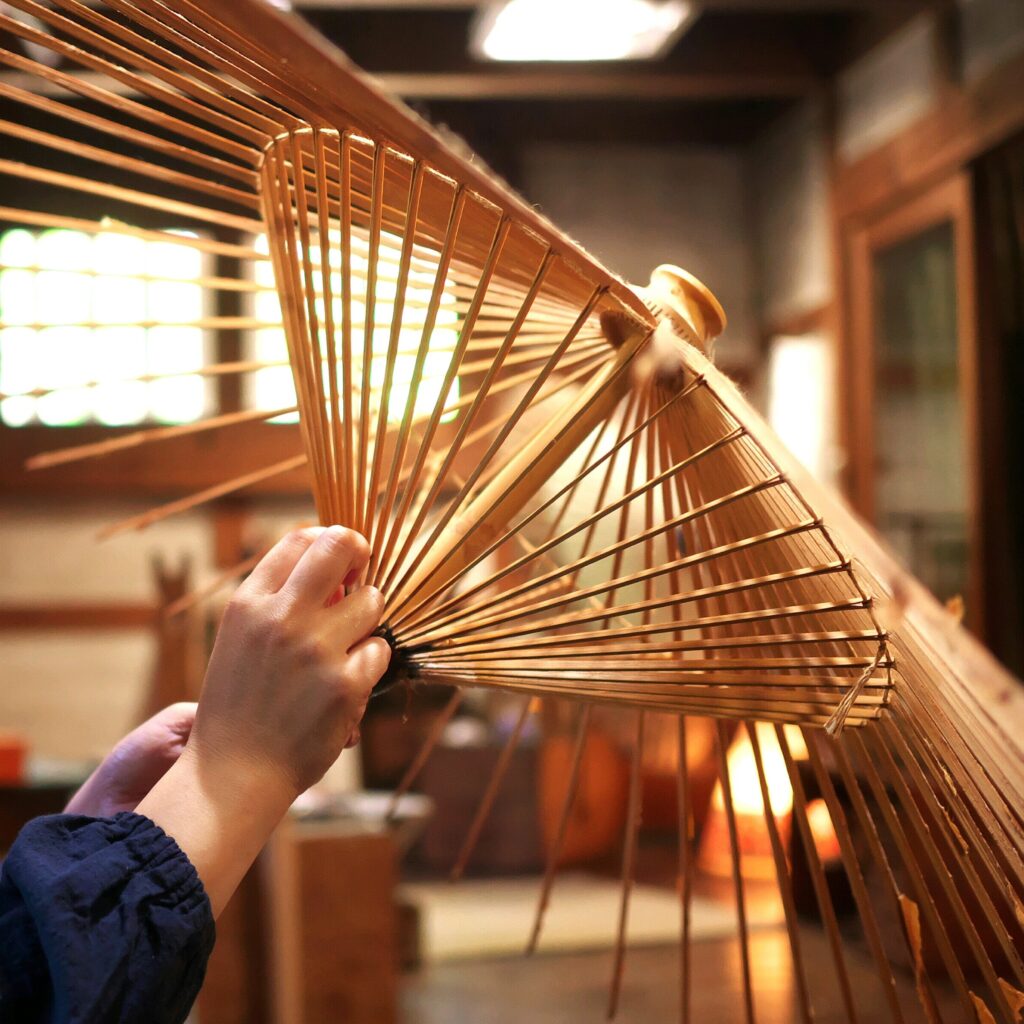
Of all the traditional Japanese handcrafts, karakasa oilpaper umbrella making is one of the most complex, with around 100 elements in the making of a single piece. These works of art, far removed from the daily umbrella, must be robust enough to open and close countless times, yet graceful and beautiful enough to rest lightly upon a geisha’s kimono sleeve. Umbrellas and other handicrafts can be purchased here.
Papermaking (Kamisuki)
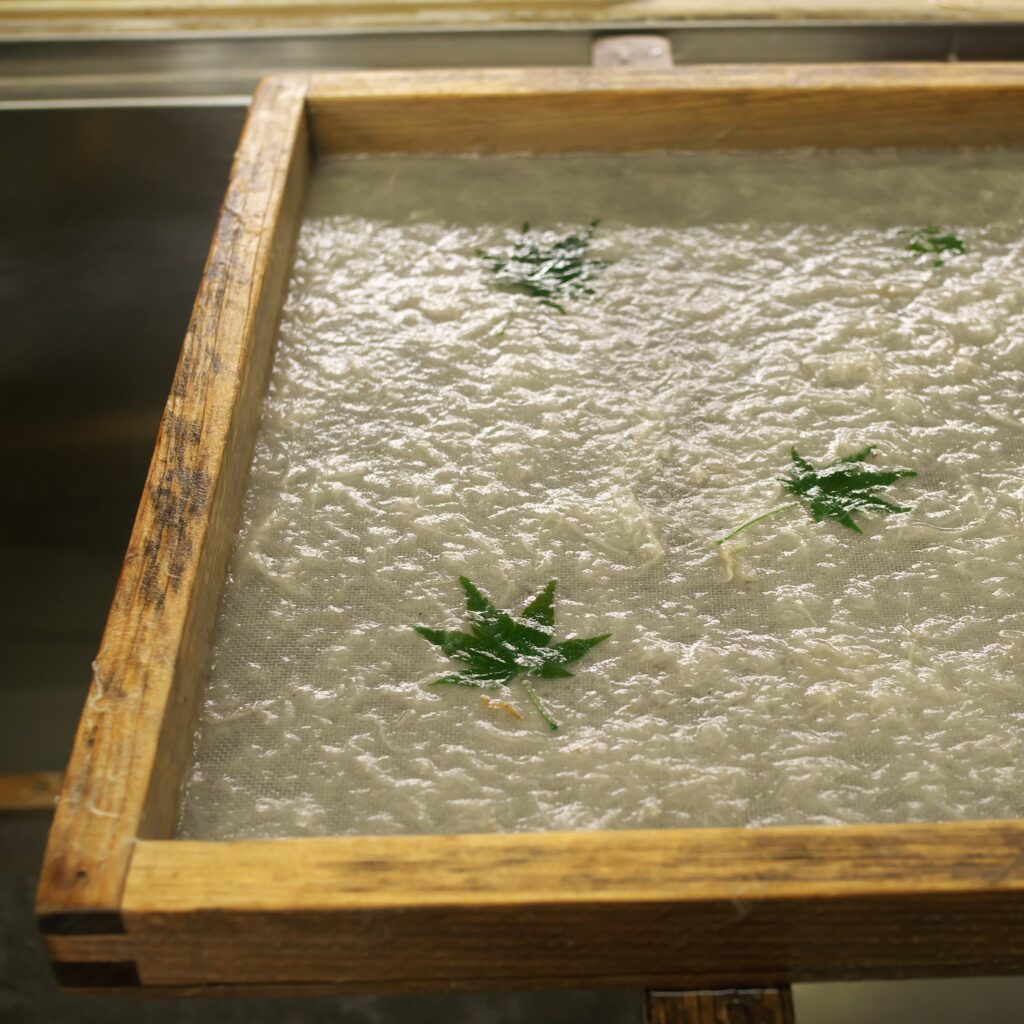
By the end of the nineteenth century, there were 80,000 families making paper by hand in Japan. This traditional paper, known as washi, is made by pulping natural wood fibers and forming delicate sheets, often with decorative designs. Watch craftsmen keep this papermaking legacy alive.
Charcoal making (Sumiyaki)
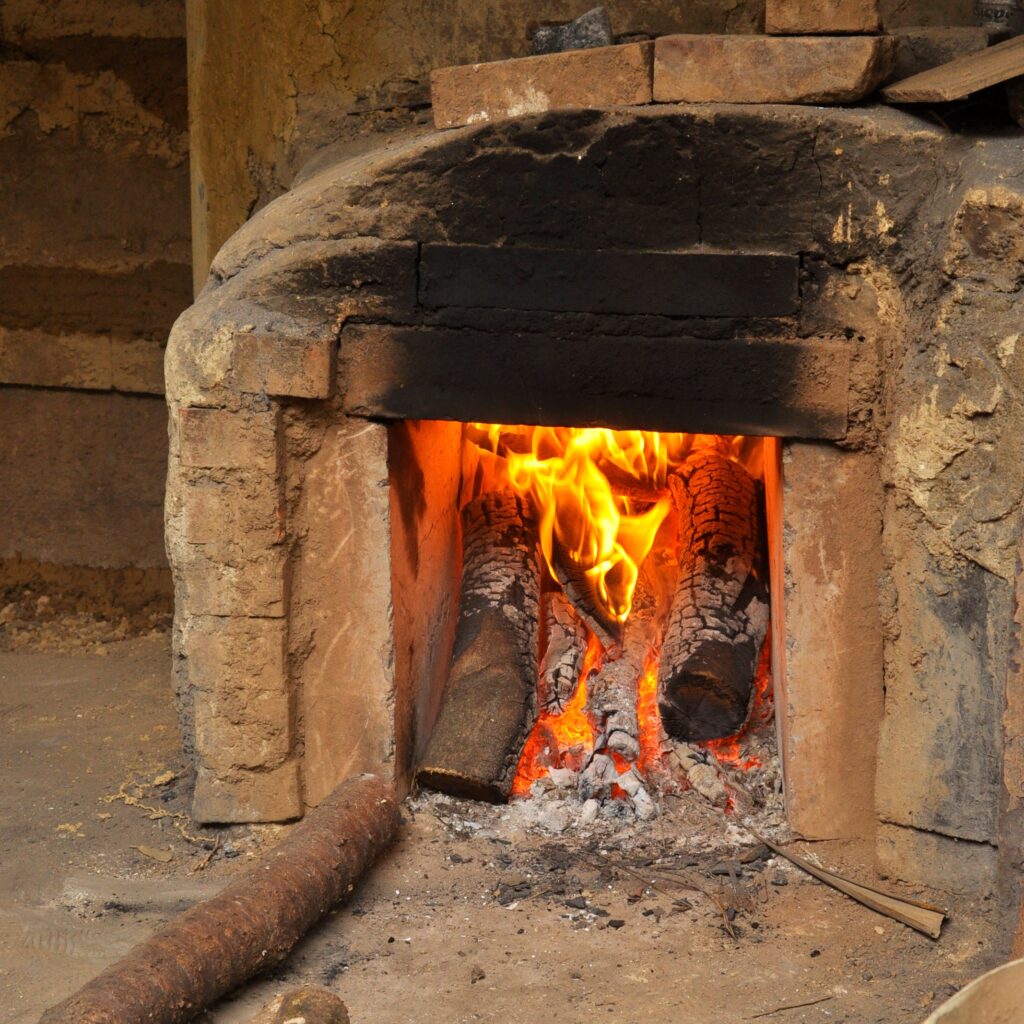
Of all the crafts showcased here, charcoal making is most likely the oldest. Scholars have traced charcoal making in Japan back to the Jōmon period. The sixteenth-century rise in popularity of tea ceremony drove demand for the finest charcoal for the tea braziers. Today, Japanese charcoal is recognized for its incredibly high quality.
Blacksmithing (Kajiya)
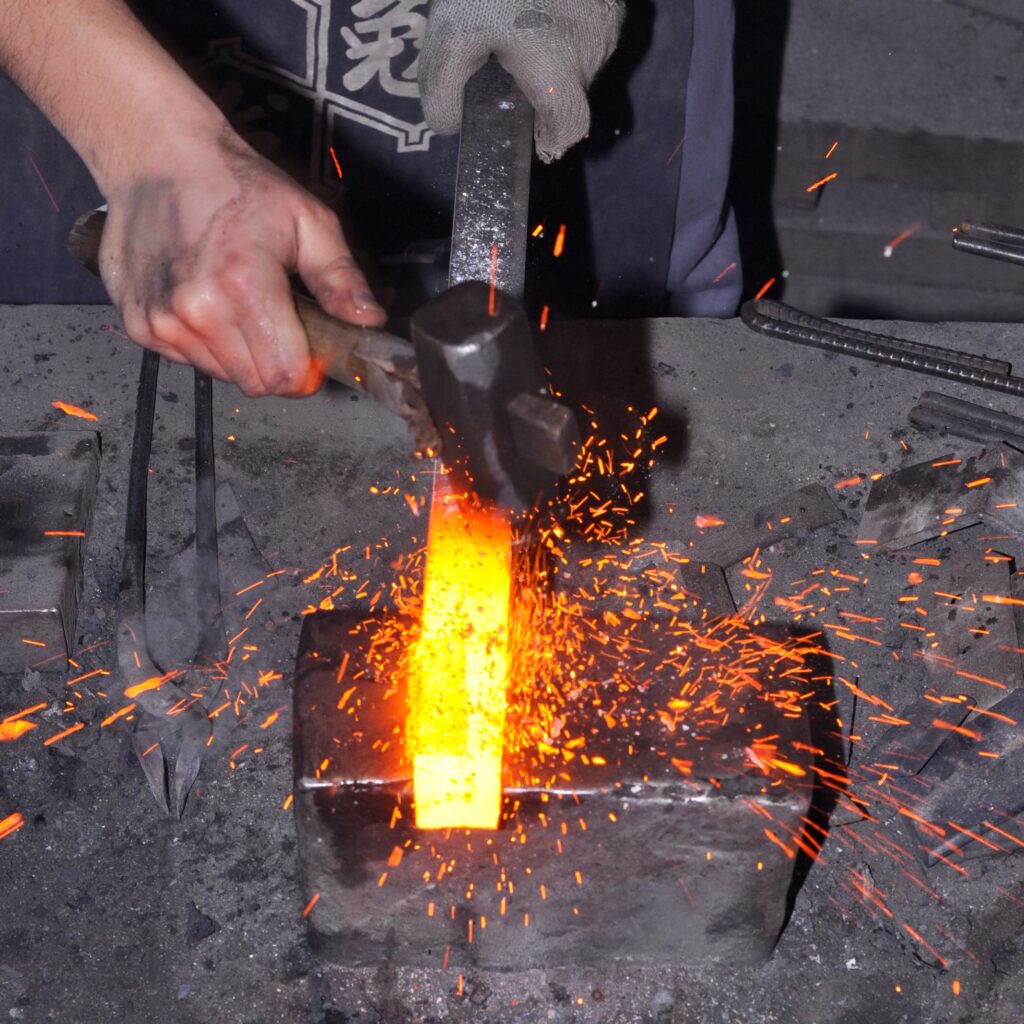
Travel back in time amidst the clouds of soot, roaring flames, and pounding of metal on anvils. Blacksmithing in Japan has a 2000-year history, giving rise to the glimmering, deadly samurai swords of legend, literature, and Bushido. Under the guidance of a trained blacksmith forge your own metal blade—not a sword, but a very useful paperknife.
Bamboo Basket Weaving (Kagoya)
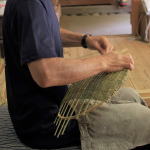
Asuke has a long history of growing fine quality bamboo of various species to weave into baskets and sieves essential for daily living in the pre-plastic age. Bamboo was harvested in the autumn and then split during the winter months and woven at home to suit whatever purpose was needed. Visitors can make kazaguruma windmills, bamboo finger rings, and nabeshiki pot stands.
Woodturning (Kijishi)
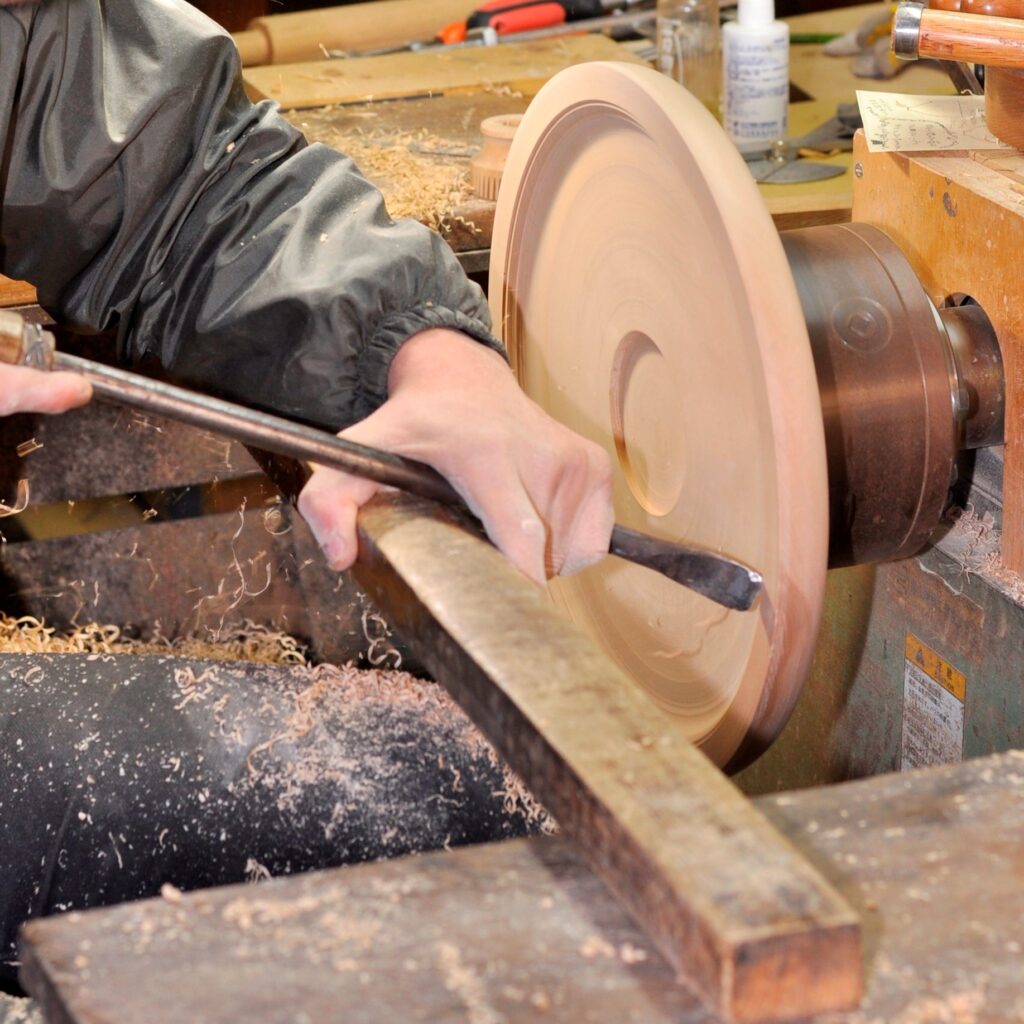
Watch craftsmen perform the craft of woodturning, in which a lathe is used to shape common household objects such as wooden bowls or trays. This is an excellent opportunity to witness ancient traditions and take home a practical souvenir that will remind you of your time in Asuke.
Indigo Dyeing (Kōya Aizome)
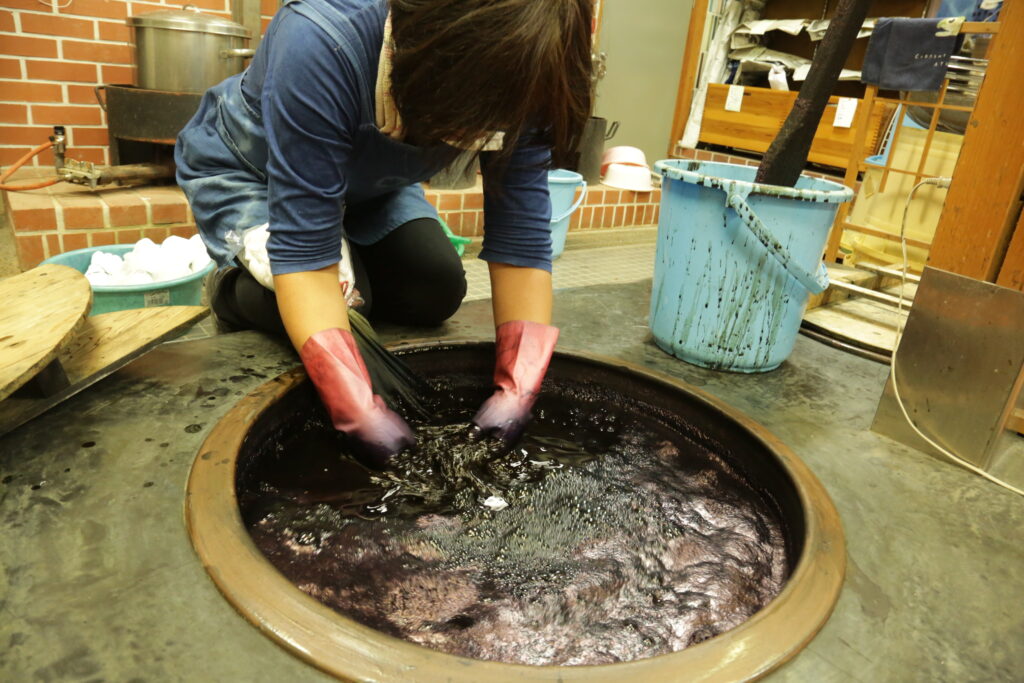
This ancient Japanese process uses naturally fermenting dye from the Persicaria tinctoria Japanese indigo plant to make the beautiful color often known as “Japan Blue.” Fabric is tied in bundles then dipped in the dyeing vat to create unique patterns on items such as handkerchiefs. Create your own designs on skin-friendly, natural material.
Activities
**reservation only
*reservation first priority
Reservation→ yashiki@asuke.aitai.ne.jp
Weaving (Hataori)*
190224-13-1024x683.jpg)
bamboo & thread coaster 30 min. 1500yen
table top cloth 60min. 3,000yen~
Aizome (Japanese Indigo Tie Dye)*
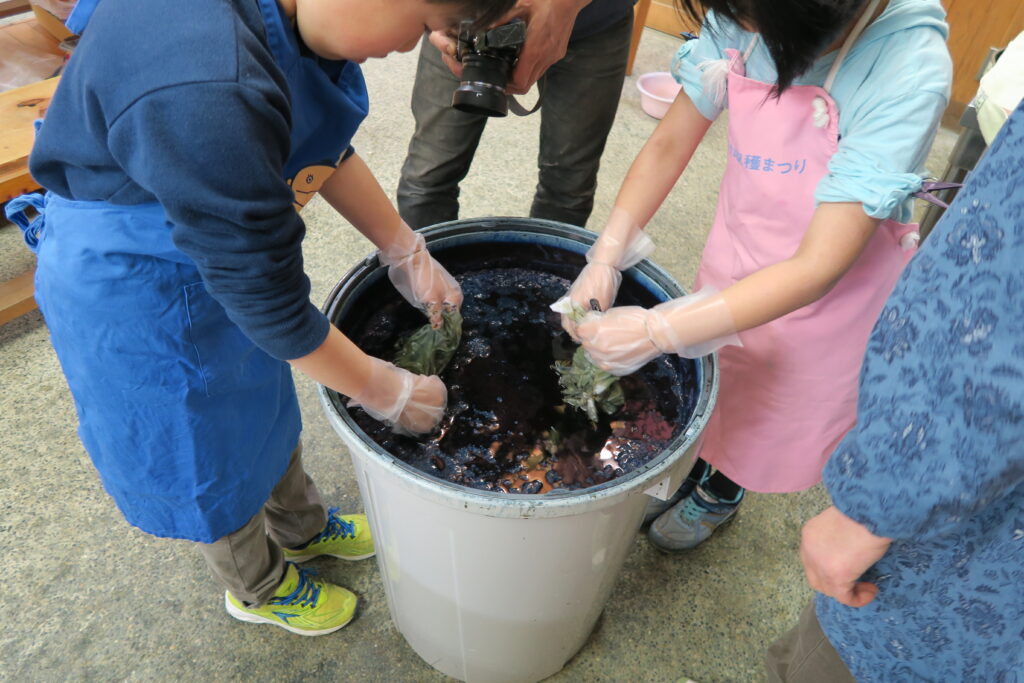
Hankerchief 30 min. 900yen – 1200yen
Shawl 30 min. 2,800yen
Bamboo craft*
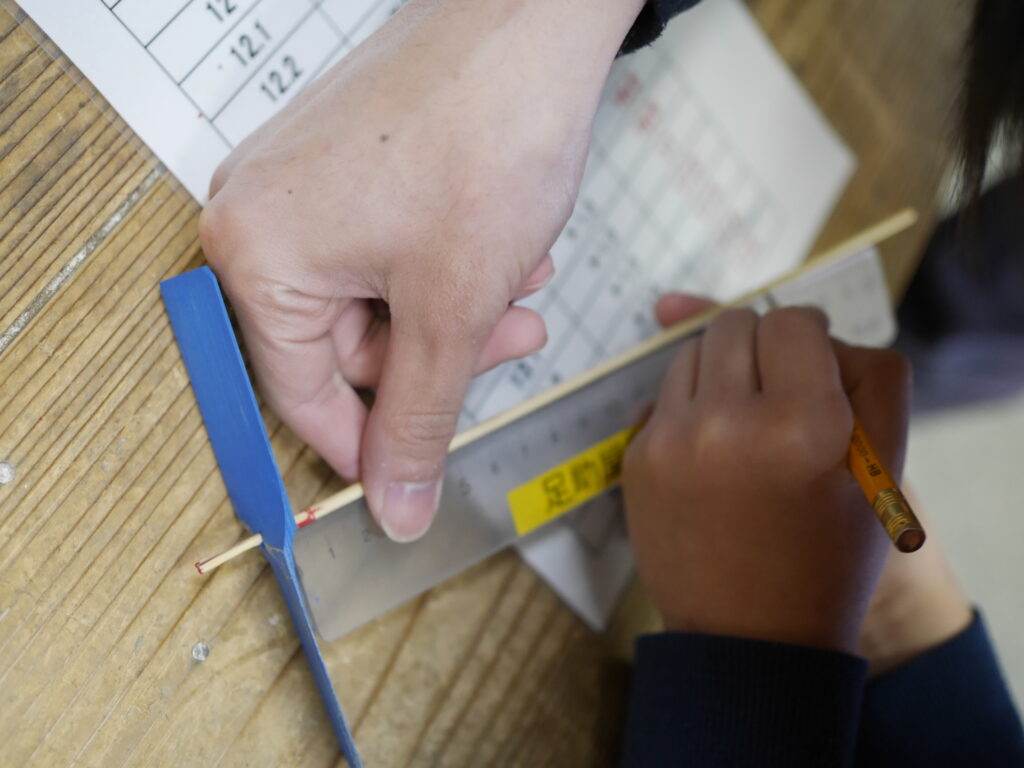
Taketombo(bamboo dragonfly) 30 min. 600yen
Cooking**
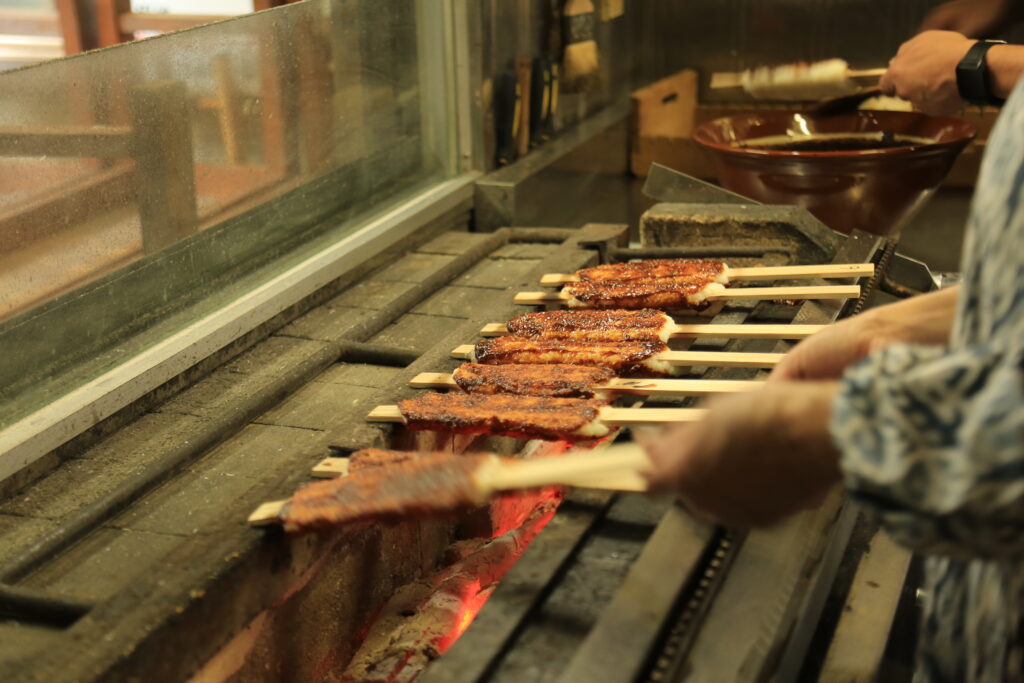
Goheimochi 45 min. 600yen
(only a group of 5+ people)
Straw craft**
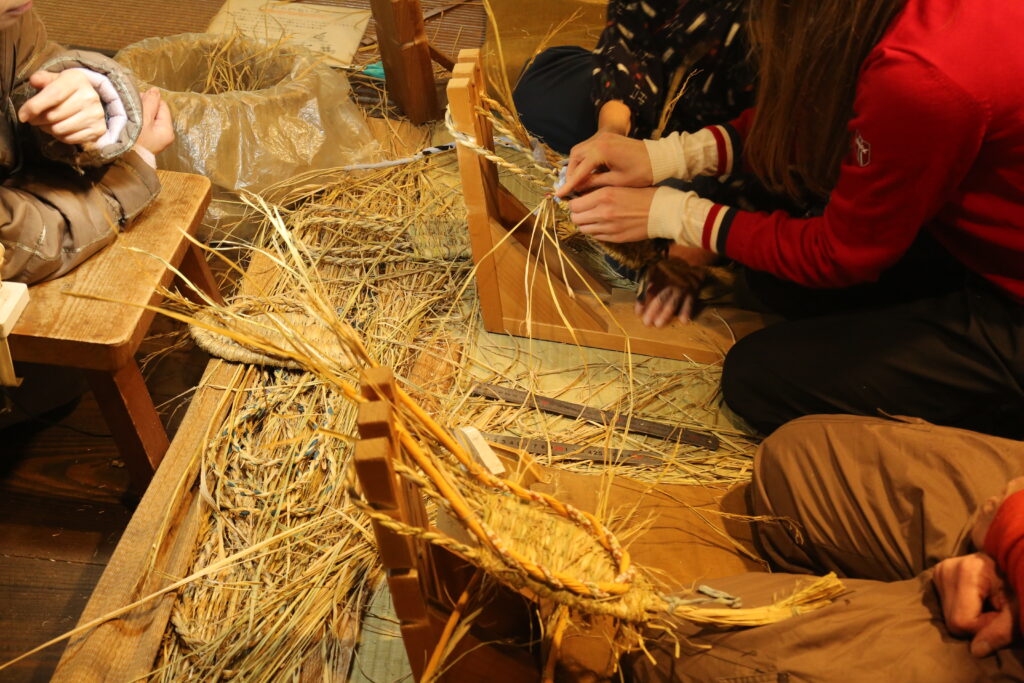
Warazouri (straw sandal) 5 hrs(10:00~16:00) 3,000yen
Bamboo weaving*
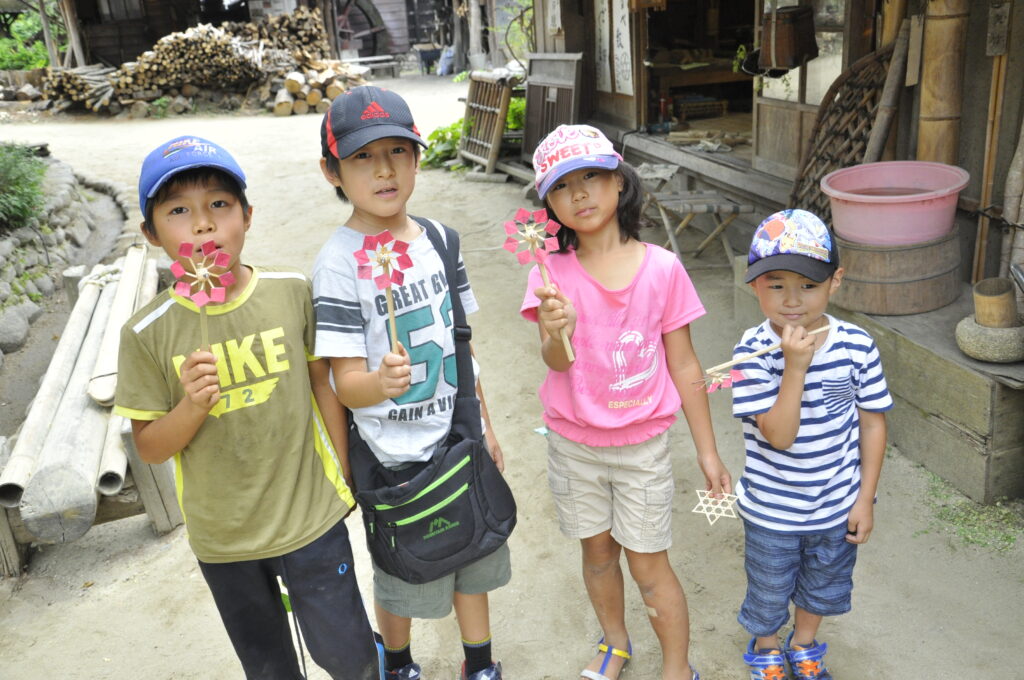
Bamboo windmill 30 min. 700yen
Access
By Public Transport
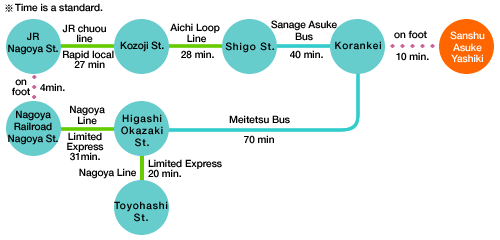
By Car
| Parking lot | ||
| Miyamachi Parking lot (Google Map) 10-minute walk | Low season | Passenger cars 500yen Bus 2000yen |
| High season (November) | Passenger cars 1000yen Bus 3000yen | |
